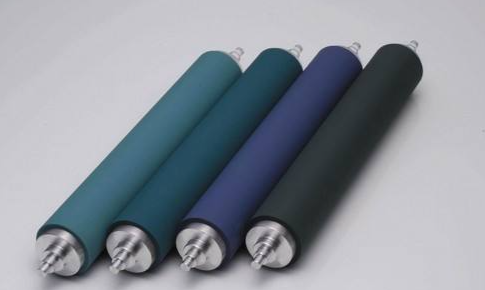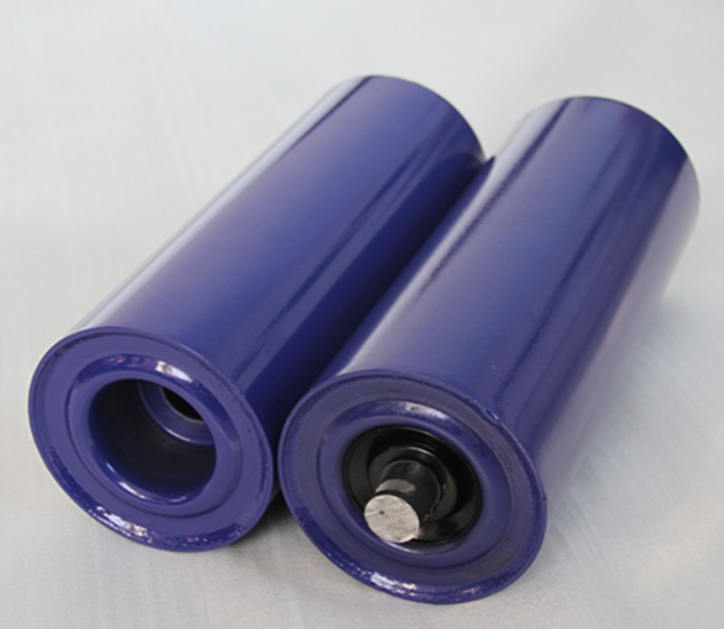
As core components of belt conveyors, conveyor rollers play a crucial role in supporting the conveyor belt, reducing operational resistance, and ensuring stable transportation. They can be categorized into multiple types based on function and material, with each type suitable for different working conditions.

These idlers directly support the weight of the conveyor belt and materials, making them the most widely used type. Structurally, they are divided into trough load-bearing idlers and parallel load-bearing idlers:
• Trough load-bearing idlers: Composed of 2-5 rollers arranged in a V-shape or trough structure, with trough angles typically 30°, 35°, or 45°. They increase material-carrying capacity and are compatible with conveyors with belt widths of 500-2400mm, commonly used for transporting bulk materials such as coal and ore.
• Parallel load-bearing idlers: Featuring a single-roller structure with a flat surface, they are suitable for conveying packaged items (e.g., cartons, pallets) or providing auxiliary support at conveyor belt direction-changing points.
Installed below the conveyor belt, these idlers support the empty belt during operation and reduce belt sagging deformation. Common types include:
• Parallel return idlers: With a simple structure, they are applicable to general working conditions.
• V-shaped return idlers: Forming a 10°-15° angle, they can automatically correct belt misalignment. They are especially suitable for dusty environments where belt deviation is prone, such as cement plants and building material workshops.
These are key components for solving belt misalignment, divided into general self-aligning idlers and friction-type self-aligning idlers:
• General self-aligning idlers: Guide the belt back to the center via side vertical rollers. When the belt deviates, the vertical rollers bear force and drive the idler frame to rotate, realizing automatic alignment.
• Friction-type self-aligning idlers: Trigger the alignment mechanism through friction between the belt and friction wheels, offering higher alignment precision. They are suitable for high-speed, heavy-duty conveyors, such as bulk cargo conveying systems in ports and terminals.
Installed below the material feeding port of conveyors, they relieve the impact of falling materials on the belt. Their surface is covered with a rubber or polyurethane buffer layer (usually 15-30mm thick), which absorbs impact energy and prevents the belt from being scratched by sharp materials. Structurally, they include:
• Parallel impact idlers: Suitable for scenarios with low material drop heights.
• Trough impact idlers: Compatible with trough belts, they are ideal for working conditions with material drop heights below 3 meters, widely used in raw material transportation in thermal power and metallurgical industries.

Made of seamless steel pipes or welded steel plates, they have high strength and strong load-bearing capacity but are relatively heavy and prone to rust. They are suitable for heavy-duty, dry indoor environments.
Manufactured from materials like nylon or polyethylene, they are lightweight, corrosion-resistant, and low-noise. They are suitable for industries with high hygiene and corrosion resistance requirements, such as food and chemical industries.
Coated with an alumina ceramic layer on the surface, they have high hardness and strong wear resistance, with a service life 3-5 times longer than that of steel rollers. They are suitable for transporting highly abrasive materials like coal and ore, especially in harsh environments such as underground coal mines.
Each type of conveyor roller has unique advantages. In practical applications, selection should be comprehensively based on the characteristics of the conveyed materials, working conditions, and conveyor parameters to ensure efficient and stable operation of the conveyor.